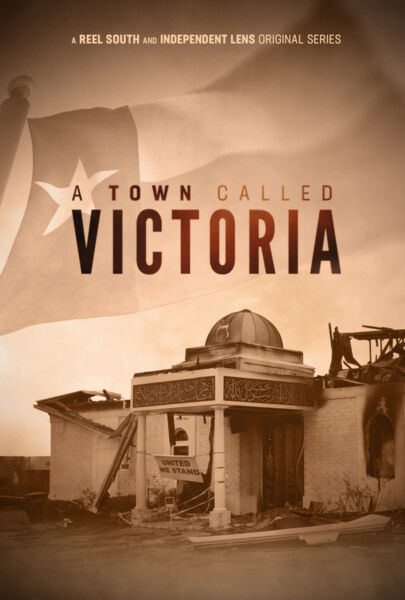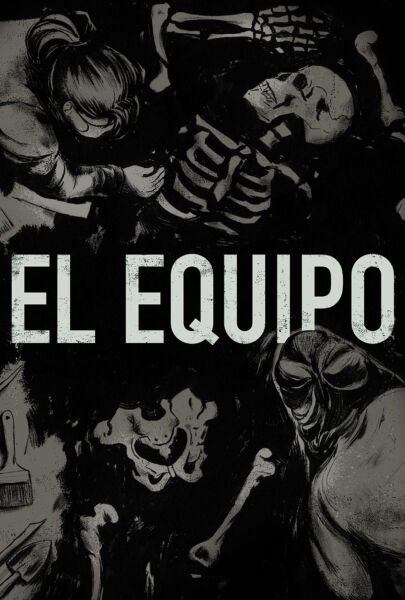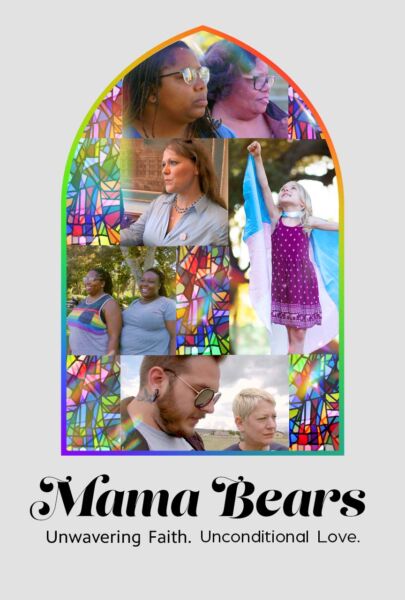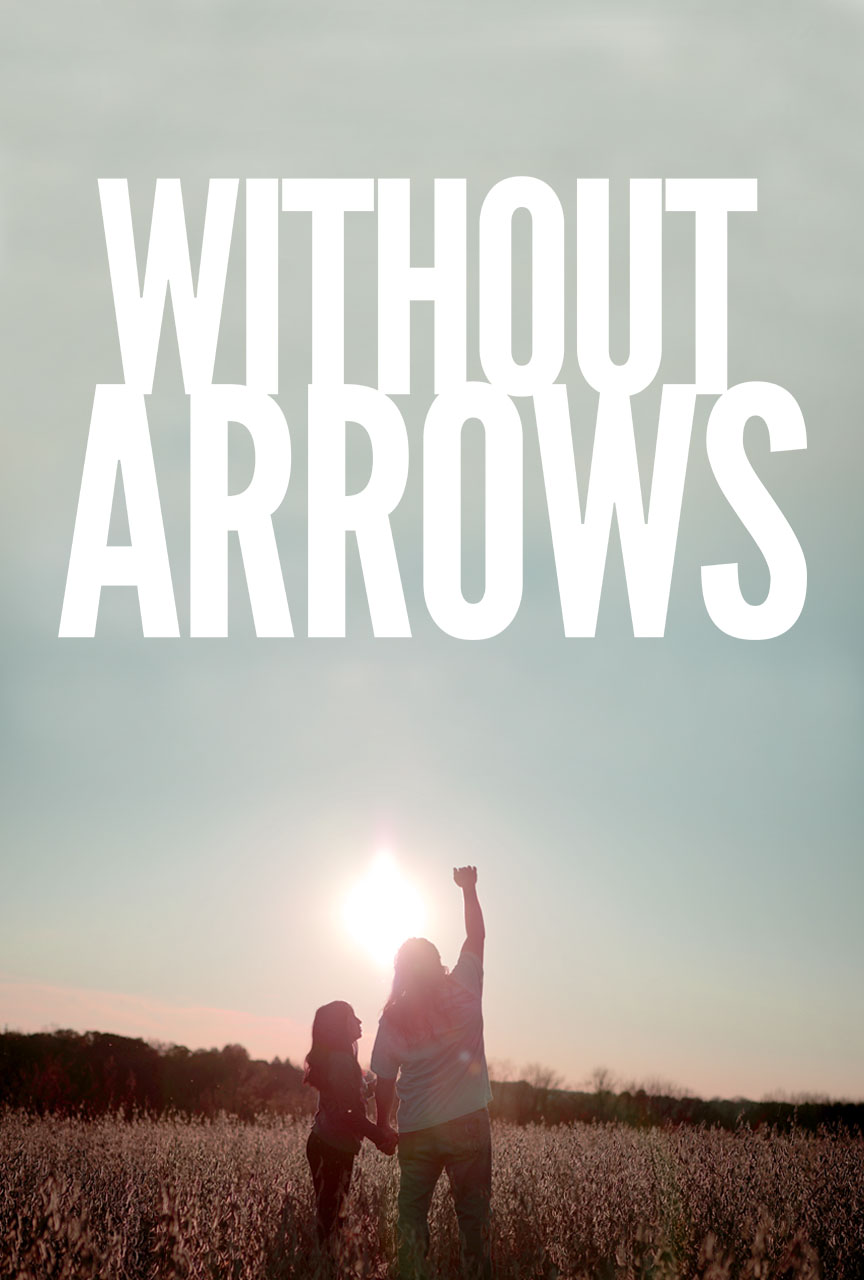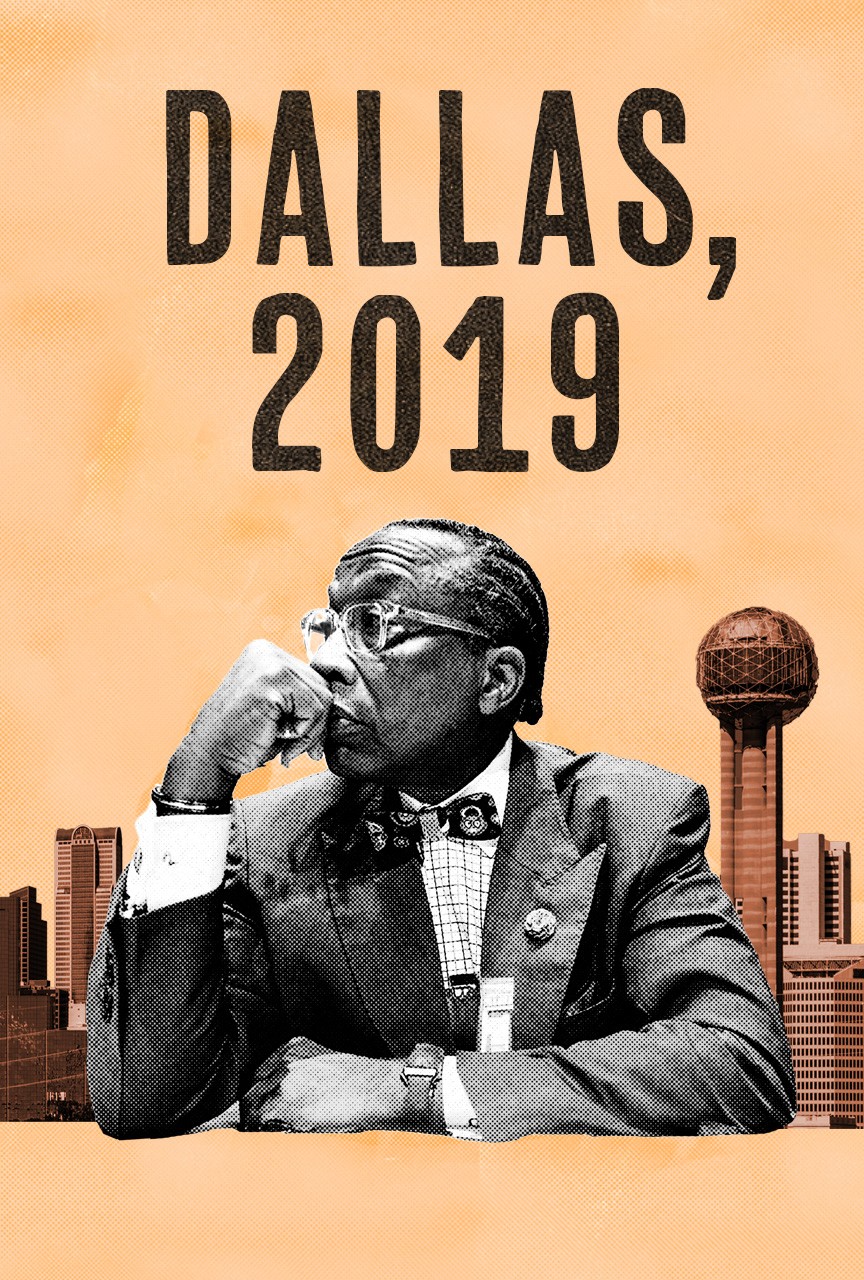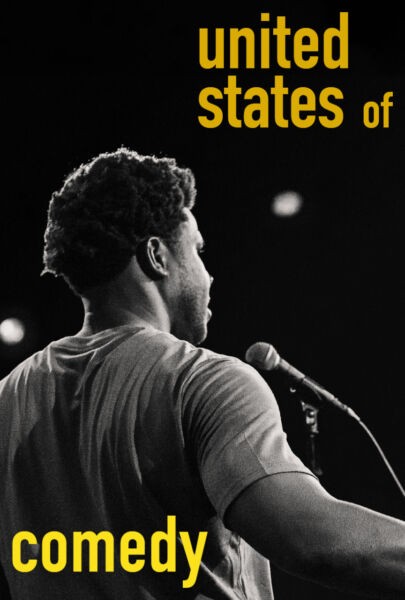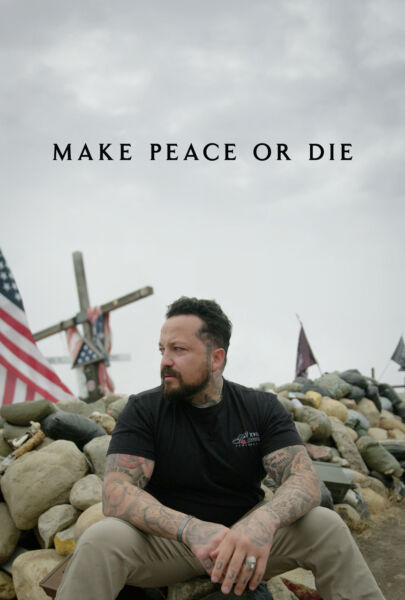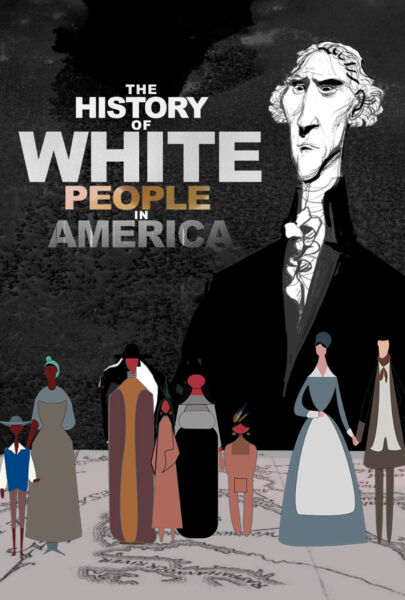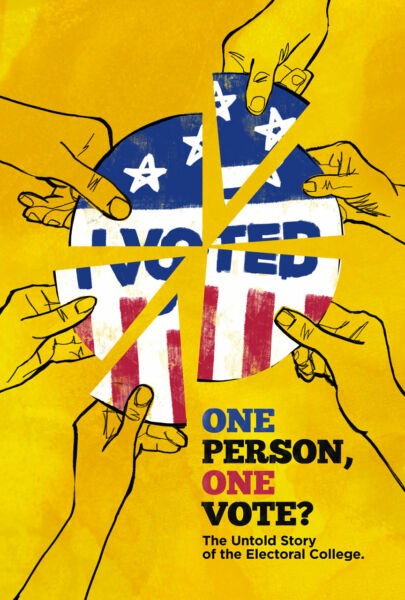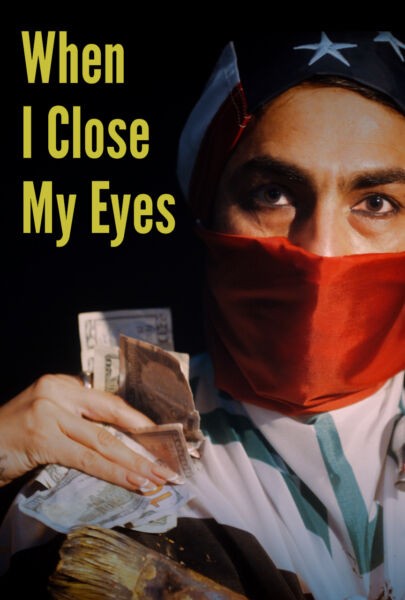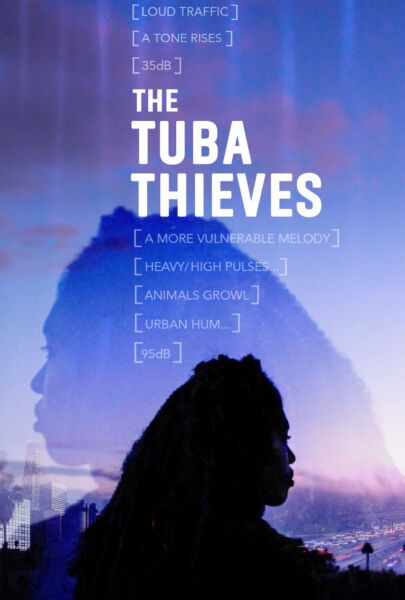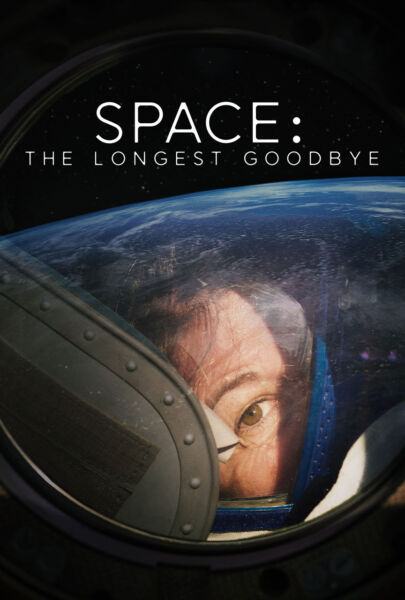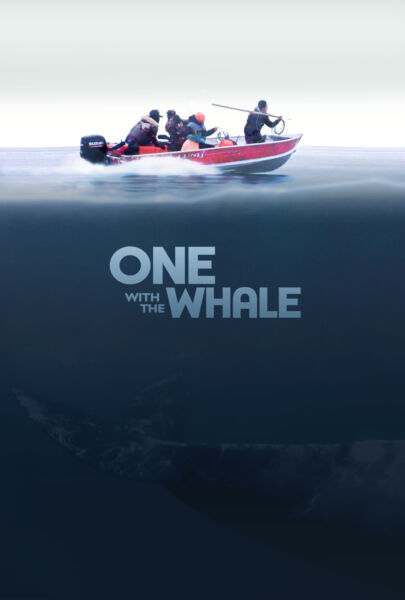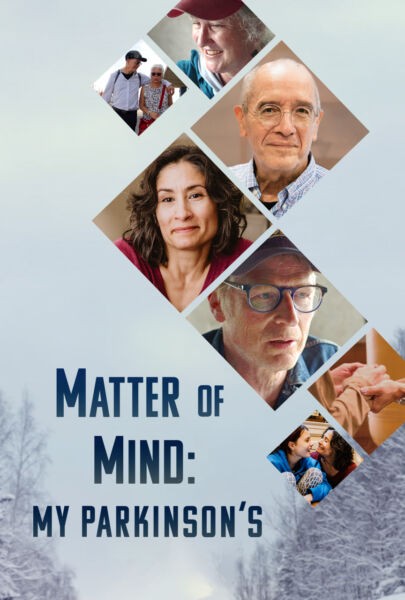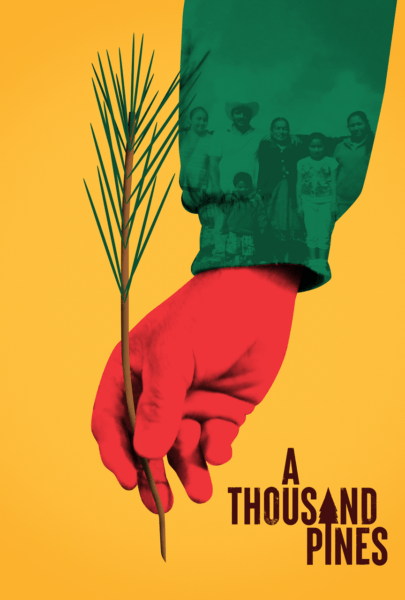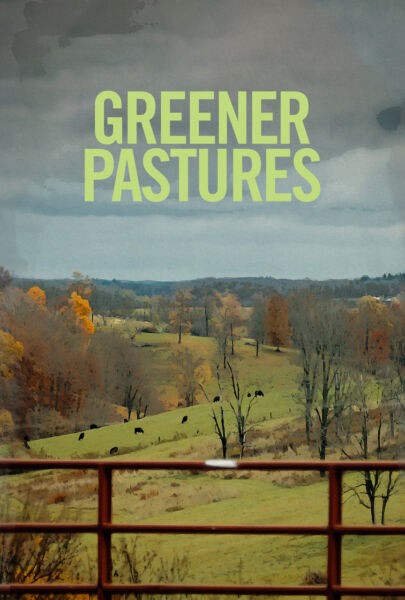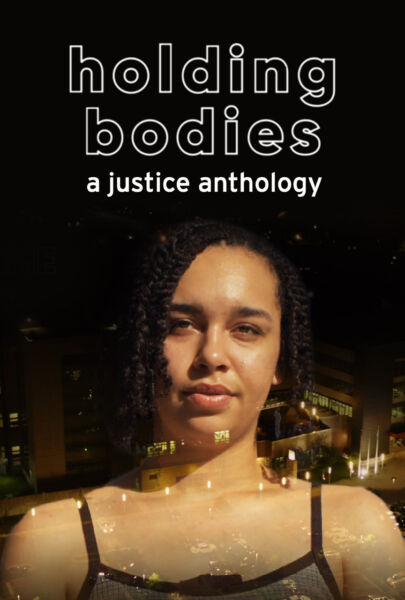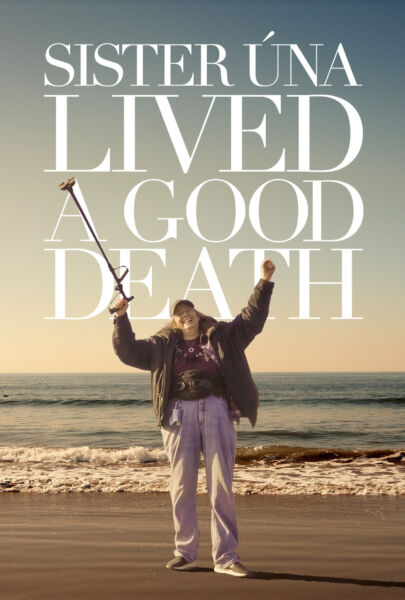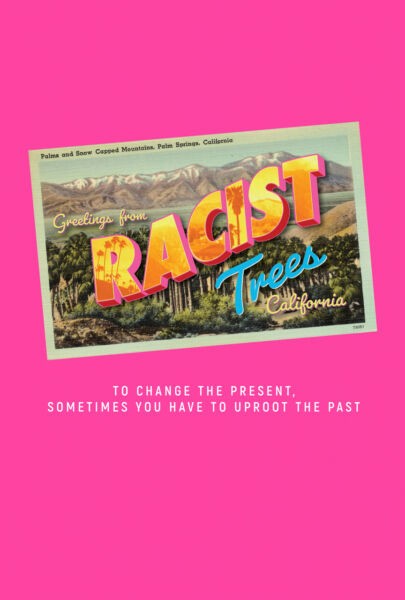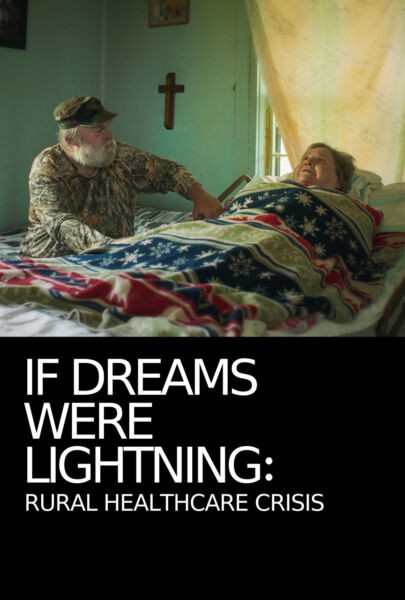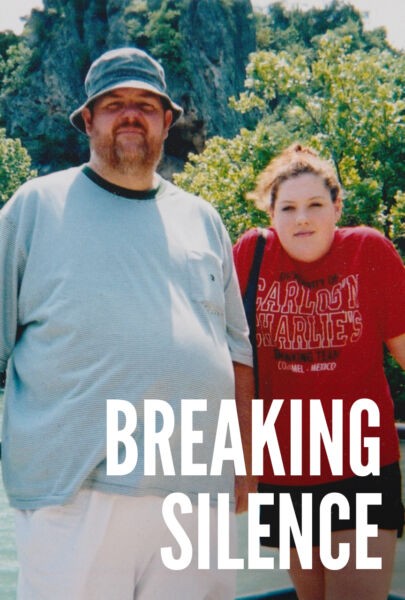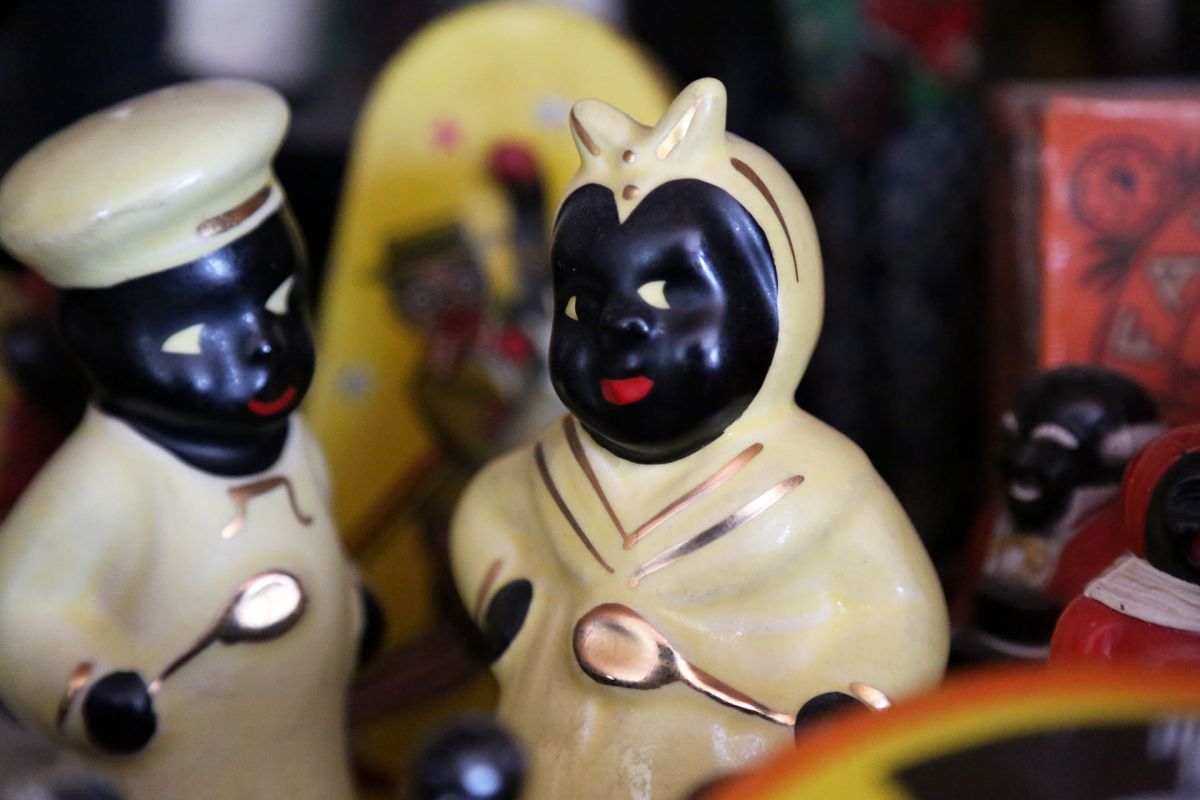
Filmmaker and teacher Chico Colvard’s first feature doc, Family Affair, premiered at Sundance and was the first film acquired by Oprah Winfrey for her cable channel, OWN. The searingly personal documentary explored his family’s own troubled history that ultimately had a message of forgiveness and resilience. While his new film Black Memorabilia is less personal, it maintains that spirit of resilience, of overcoming troubled history, in its exploration of disturbingly racist objects from our nation’s past, some of which are still collected and even produced today. The film asks “When are objects immoral, and when is it right or wrong to possess them? Does historic value supersede offensiveness?”
IndieWire writer Tambay Obenson called it “essential viewing.” Colvard here thoughtfully looks back on his provocative film.
What led you to want to make a film about racist memorabilia?
Like many of us, I grew up unconsciously consuming a steady diet of black memorabilia. This film stems from a heightened awareness of the often unquestioned presence of racist memorabilia and is the result of my desire and curiosity to explore ways to move beyond perverse attractions and absolute objections to the harmful and derogatory material. I set out to make a film that subverts expectations both socially and cinematically.
To that end, Black Memorabilia is transgressive; meaning certain moral, social and artistic boundaries are questioned in an effort to spark conversation and action that distances itself from a mere indictment piece.
How do you hope this film reaches the most?
Michael Ray Charles, a renowned artist and academic, speaks of black memorabilia, from “Jolly Nigger” banks, to Confederate flags, Nazi insignia and other racist material in his work as “often-unquestioned appearance[s] of truth,” which is “a constant in the American subconscious.” By that measure, Black Memorabilia should appeal to a wide cross-section of viewers. Still, I hope the film reaches a younger demographic, who I believe are kept unaware of the modern-day reiterations and harmful social currency the material persist in promoting.
Could you talk about your approach to this film, and the challenges in making it?
I tried to make a film that not only called attention to the material culture of racist memorabilia and its persistent mark of white supremacy, I also wanted to illuminate the limitations on the kinds of stories Black/Brown people get to tell. It’s sad that we are limited to shaping stories about ourselves as victims “dancing on our bruises” or objects of study. Yes, there are issues specific to us as a target group, but it precludes the realities of our interests in so much more: The economy, environment, politics, space, architecture or any number of topics not annexed with notions of race.
Another way to illustrate the challenge is to ask people to name more than two Black/Brown emerging American filmmakers, who’s first films did not address issues of race – not this year, or in the last decade, but in the history of cinema. For these reasons, there is an aspect of Black Memorabilia that serves as a “Trojan Horse,” where the narrative structure of the triptych, hybrid-doc elements and resistance to indict are all factors designed to address this challenge.
And how did you approach working with the people in the film who talk about black memorabilia? How did you get them to feel comfortable?
I entered the project with assumptions about black memorabilia, but not the subjects nor the reasons for their relationship to the material. In addition to taking a nonjudgmental approach, I spent most of my time with the subjects with the cameras off.
While I didn’t shy away from interrogating the subjects, I did allow for the empty space of silence and ambiguity to breathe and stayed fairly disciplined about not filling it with questions and small talk, but instead ceded the floor to them or whatever might pass through. It also wasn’t uncommon for the subjects to suggest unique angles on the story to pursue or work their personal and professional connections to help better the film, which resulted in an even greater strand of mutual trust.
Do you have a scene in your film that is especially a favorite or made the most impact on you?
It’s hard to say that I have a favorite scene in this. So many of the scenes that could be deemed beautiful are filled with horrid images that remind us of the heinous history of America. The scenes in China are particularly beautiful to me because of the landscape as well as the people’s interaction with the camera, for example when a man bikes by and looks at the camera and laughs, or when a motorist glares at it and points it out to a friend. It brings me in every time. I love watching certain scenes with an audience. I often find audience members laugh at something I never found funny or don’t laugh at something I find a lot of humor in. It changes all the time.
How have audiences reacted to this film so far when you’ve screened it? Do white audiences react differently than black audiences, or what questions come up?
A number of white audience viewers question how to have a conversation with a loved one about possessing black memorabilia. I love that inquiry. I’m not saying I necessarily have the right answer to it, but the fact that it’s being asked suggests that the material is falling out of favor amongst those who stand to benefit from its purpose to promote white supremacy.
What are your three favorite/most influential documentaries or feature films?
Brother’s Keeper, [Ingmar Bergman’s] Wild Strawberries, and select home movies.
What film/project(s) are you working on next?
THE CALL: America’s Gilded Age of Grievance examines 911 calls that range from acts of white supremacy to displays of implicit bias and genuine concerns about suspicious behavior framed by roiling racial divides. By inviting to the conversation racial justice experts, dispatchers, law enforcement, victim/survivors and the ever-elusive callers cloaked in veils of anonymity, this project synthesizes the 911 epidemic in America’s “New Jim Crow.” As with any story, the “truth” is elusive. Shifting memories are compromised by implicit bias, fear and trauma. The goal is not to endorse or refute the participants’ agendas, but to expose epistemic habits and emotional dispositions that shape how we understand “us,” “them,” and the world around us.
How is the performing artist who is in Black Memorabilia doing since you made the film?
Alexandria Smith is doing incredibly well. She has had a number of shows sense the film was made including her most recent at BU Art Galleries, which was featured on WBUR. She is an assistant professor of art at Wellesley College.


